Mike Yardley tests the Rizzini baby Premier shotgun... see how it got on
 credit: Archant
credit: Archant
Tech Specs:
Make: Beretta
Model: 692 Black Edition Sporter
Bore: 12
Barrels: 30” (32” option)
Chamber: 3”/76 mm fleur de lys steel proof
Chokes: Optima HP extended (5 supplied)
Rib: 10mm carbon fibre
Weight: 7 3/4lbs.
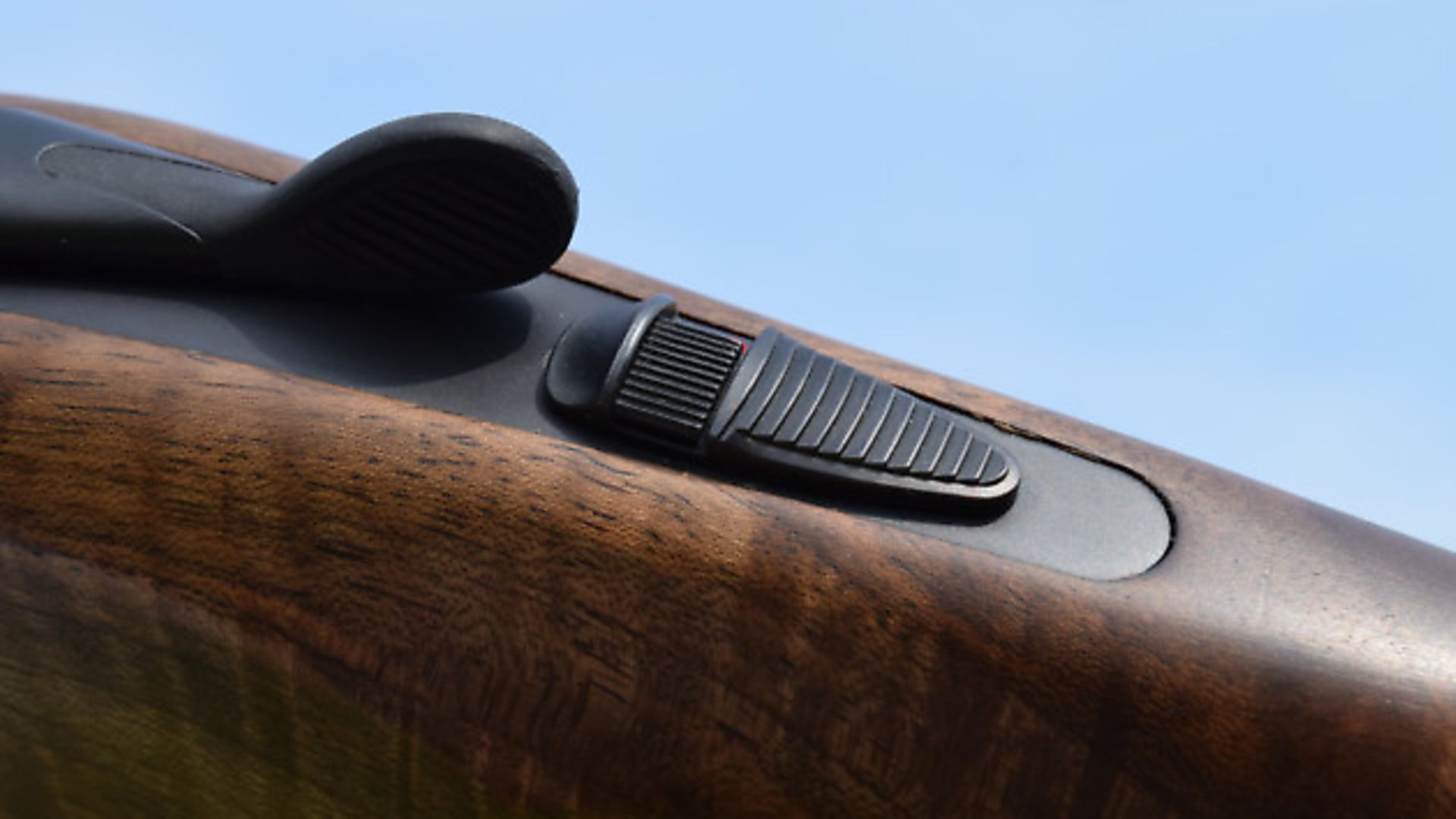 credit: Archant
credit: Archant
RRP: sporter with fixed stock £3,825 with adjustable comb £4,225
We like:
The balancing system
The boring and chokes
The solid quality
We are not much bothered about:
The carbon fibre rib
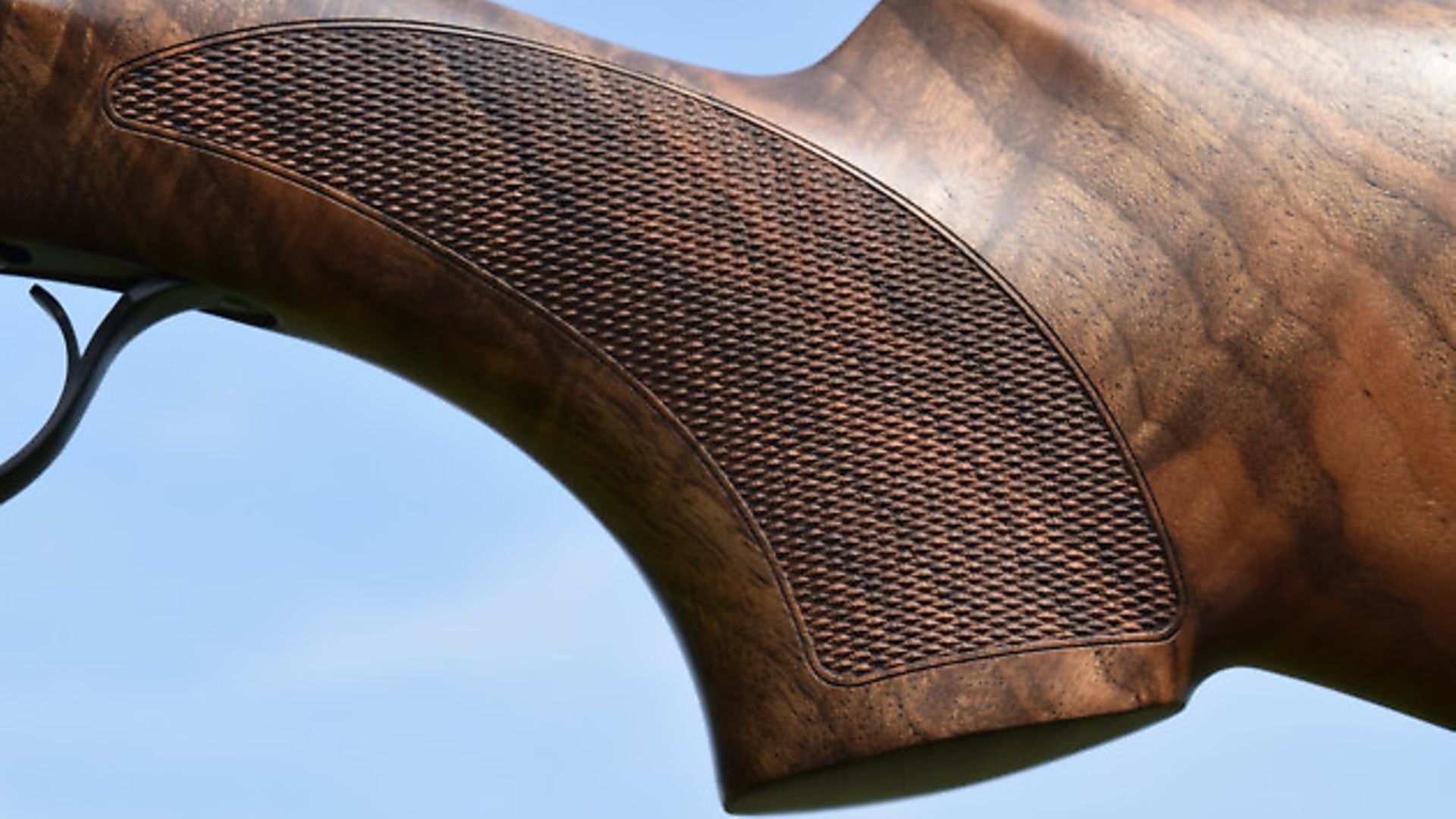 credit: Archant
credit: Archant
Shooting Impressions:
The live-firing test began, as it usually does for me, engaging the Low 2 bird on a Skeet layout. The handling of the 692 was neutral. I can’t say it felt especially refined, but it did feel solid and predictable – good qualities in a clay buster. Felt recoil was below average. Trigger pulls were ok though not as refined as some v spring guns. Pointability and handling were not noticeably enhanced by the special rib either. I expected it, frankly, to make more difference. The design is fundamentally sound, however. The specification is good too. The new features, with the possible exception of the carbon fibre rib are useful rather than being gimmicks. The taper boring throws good patterns too. The gun had no noticeable vices. To be able to say that and add solid quality, and target crunching ballistics is a pretty good endorsement of a target gun. There is an adjustable comb model on offer too as well as fixed choke trap guns. Cutting to the chase, I like this gun, but I do not think it offers quite the outstanding value of the opti-bored Silver Pigeons or the (excellent) lower grade 690s. It’s specification, however, will appeal to those who like their guns black!
My thanks to Lyalvale Express for supplying the HV cartridges used in this test.
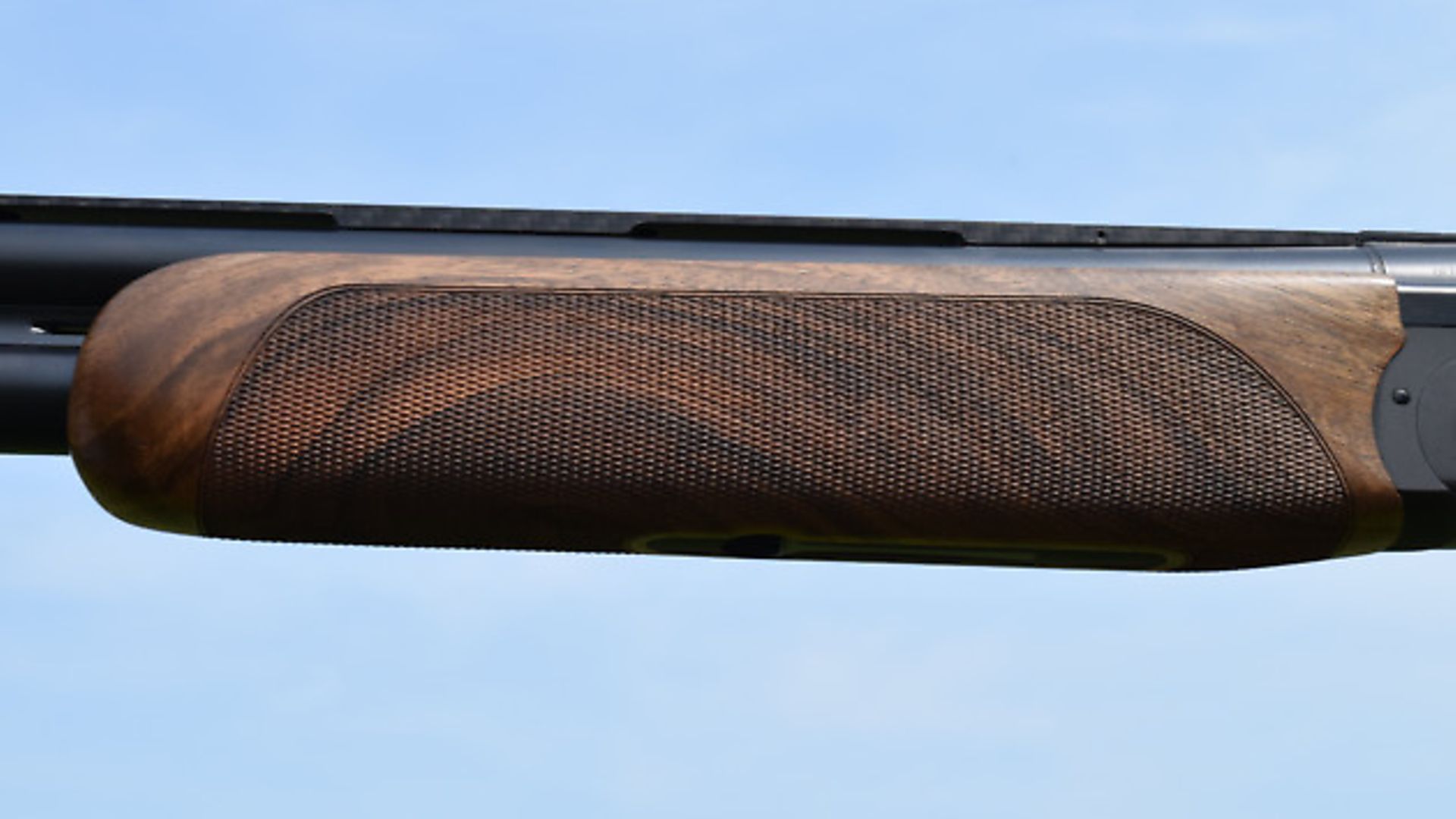 credit: Archant
credit: Archant
IN DEPTH:
This month’s test gun is the latest Black Edition of the popular Beretta 692 (there are also Black Edition 690s and DT11s). The test gun has 30” barrels and weighs in at 7¾lbs. This is a sensible weight for a modern sporter – not so light as to be uncontrollable or hard on the shoulder in recoil, but light enough to still be lively when required on a fast bird. The 690 series of guns, meantime, is an evolution of the SV10 chassis (Prevail and Perennia guns) though they are not properly described as such. The back of the action is styled differently, and there are other significant mechanical and cosmetic differences (not least the absence of a detachable trigger group). The heritage of the new 69 series guns and the SV10s can be traced back to the 682 and 680 claybusters, as well as similar 68 series field guns (and the models 55 and 56 which preceded them).
I always find it interesting to consider a gun with reference to a timeline: I went to Seville with GMK and Beretta when the 692 was launched in 2012; I shot one of the first 690s in 2014; and I have watched the development of the series with interest. I have used a dozen or more 692 and 690s now, and all have impressed (especially the standard 30” 692 Sporter and the 28” 690 III). When you have built something as good as the Silver Pigeon, it is hard to improve upon it. Without giving too much away concerning our test, I think the 69 series guns have done that, albeit at a somewhat increased (though attainable) price.
The new guns have some interesting features from the outset. They were engineered to be even stronger than the Silver Pigeons. The bearing surface on the hinge pins has been increased (they are still replaceable but they are now capped externally), and the barrel shoulders are bigger but they are not replaceable as they were on earlier 68 guns. The new guns incorporate the latest barrel and choke technology (though 690 bores are not tapered), and have Eco System ejectors, which can be switched off.
The test gun adds to the standard package with its black action finish, carbon-fibre sighting rib and neat magnetic barrel weights, as well as the B-Fast stock balancing system. Its streamlined looks will find few detractors. The style, unlike the Prevail and Perennia SV10s, is modern but not extreme. This 692, like its siblings, keeps the usual conical Beretta locking bolts. The barrel shoulders are asymmetric and considerably larger than on 68 series guns. The ejector mechanism is very similar to that on the SV10s, but there is not a removable trigger group, and the stock is attached to the action by a conventional stock bolt.
Mounting the gun presented no issues. It felt well balanced (I had adjusted the B-Fast system to give me a slight forward balance – less than the 30” over-and-under norm). The weight is about right for a 30” clubman’s sporter – something under 8lbs. The 692 action is about 1.5mm wider than that of current Silver Pigeons (and the DT11’s, were you to compare it, would be wider still). The inertia trigger mechanism is familiar in principle and function. The top lever has a rubberised ‘soft touch’ thumb piece. It is ergonomically efficient, but one can’t help considering how it will fare over time with the effects of light, heat and oil. Call me old-fashioned, but I would have preferred plain steel.
The barrels of our 692, again like most 692s, are intriguing. They bear the new Steelium designation, which means they are made from a special chrome moly alloy and also bored specially with very long forcing cones (360mm) and what might simply be described as a taper bore. Monobloc and hard chrome-lined, the barrels show fleur-de-lys 3”/76mm steel-friendly proof marks. The sighting rib is carbon fibre and fitted to barrels by means of key ways and a locking peg to the rear. Joining ribs only extend part of the way back (none are present under the fore-end – a common weight-saving device in modern over-and-unders which tend to be made with quite thick-walled barrels to accommodate their multi-chokes).
Beretta have put considerable research into barrel development in recent years. The DT11, a fabulous gun to shoot Trap-type targets in my experience, has a triple section taper bore. The 692 is partially tapered, too, with a wider than average bore in the sporting models (18.6mm as tested here, although the fixed-choke Trap model is a more conventional 18.4). There is a tapered section in the first section of the tubes measuring almost 400mm, as noted. In simple terms, there is about 100mm less of conic section in the 692 than the flagship DT11. Both guns have very long forcing cones, though, compared to most factory production guns.
The woodwork was good too. I liked the rounded fore-end, and the butt is amply proportioned with a subtle right-handed palm swell. It was a comfortable stock, well suited to a competition gun. The length of pull was the usual Beretta 375mm (14¾”) with drop measurements at the front of the comb of 35mm, and 55mm to the rear. The wood showed some nice figure, and the chequering sufficed, though my preference is for conventional panels. The stock also has a recoil efficient ‘microcore technopolymer’ pad affixed to its rear.
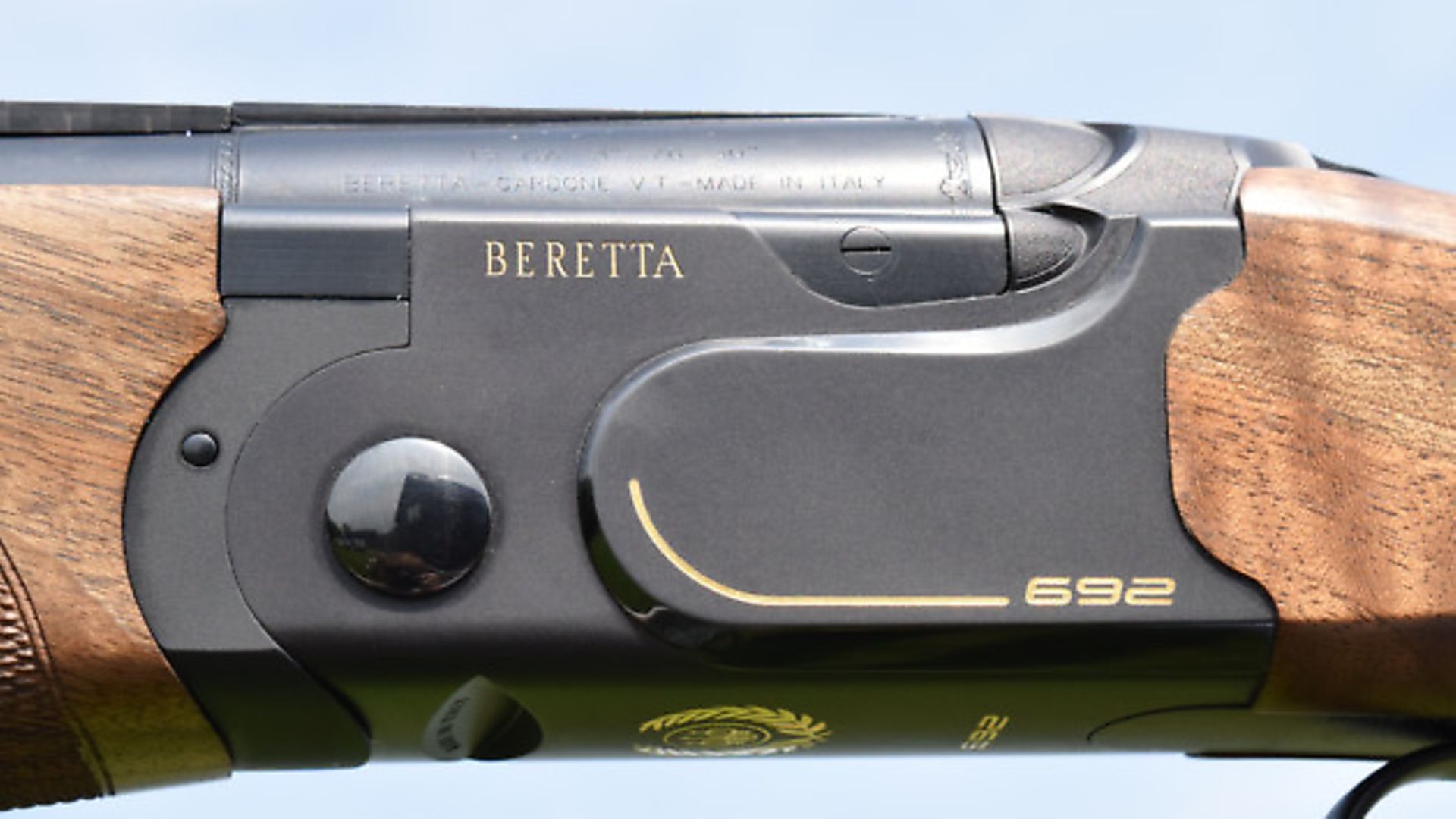 credit: Archant
credit: Archant
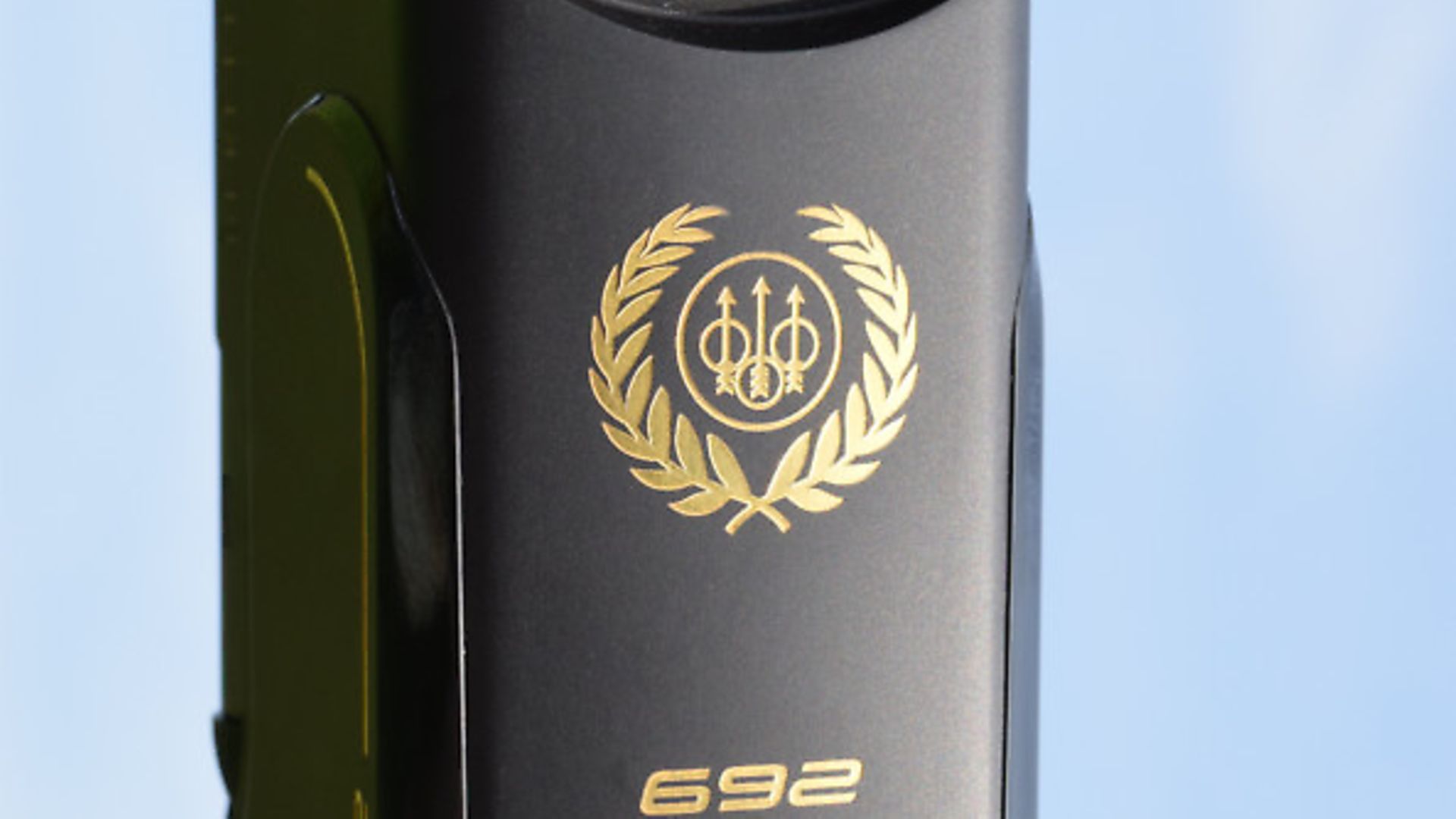 credit: Archant
credit: Archant
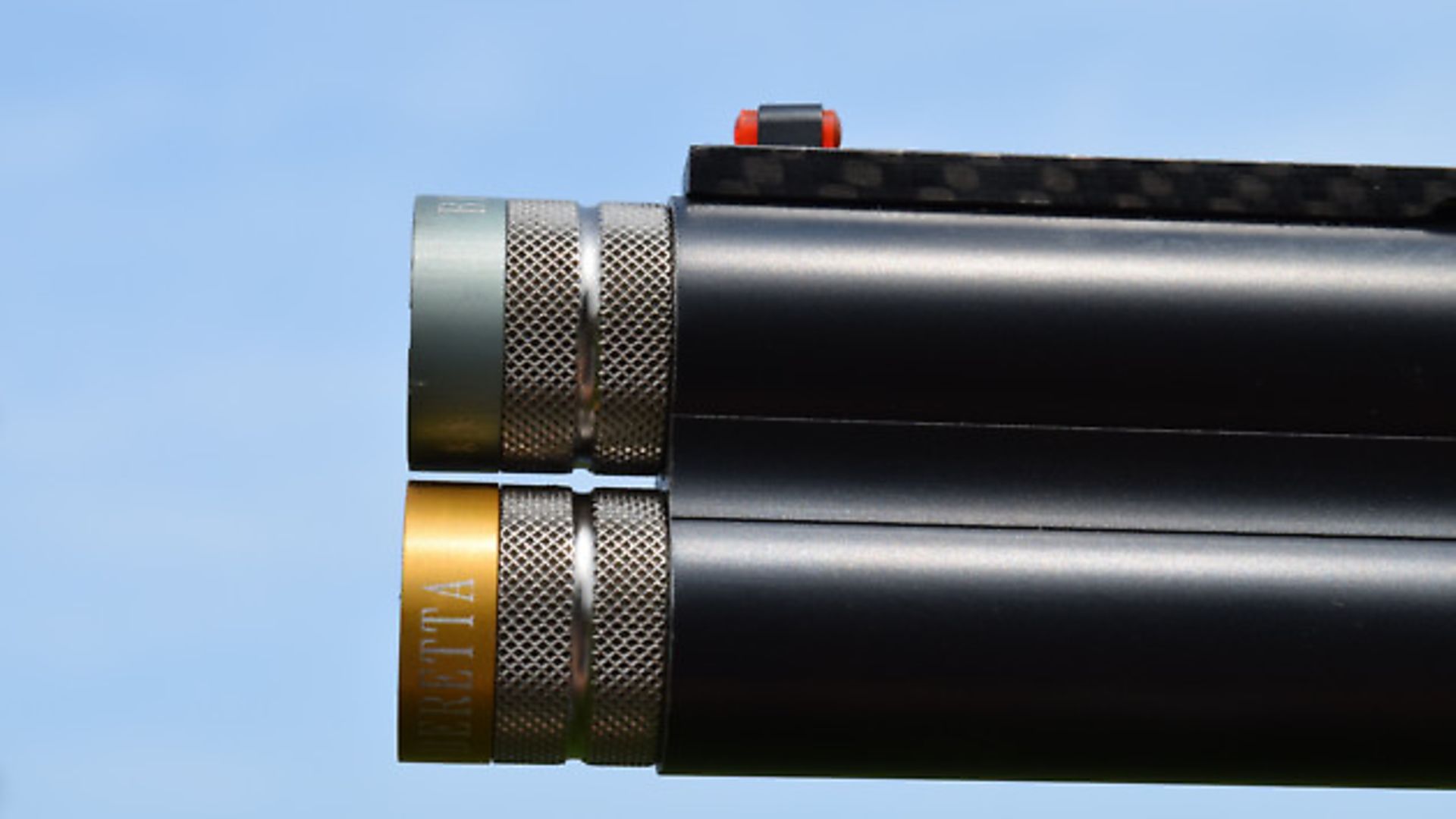 credit: Archant
credit: Archant
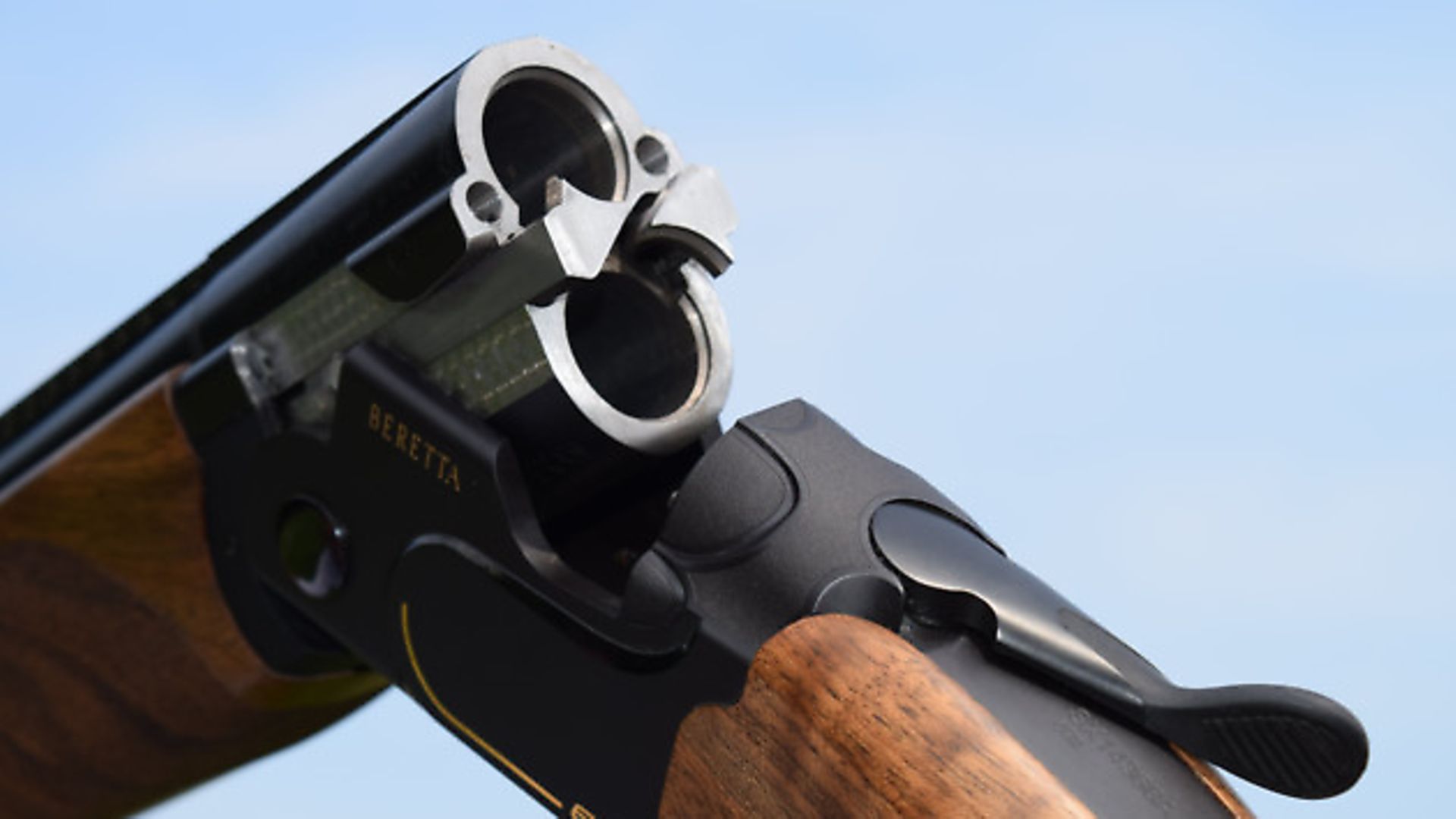 credit: Archant
credit: Archant
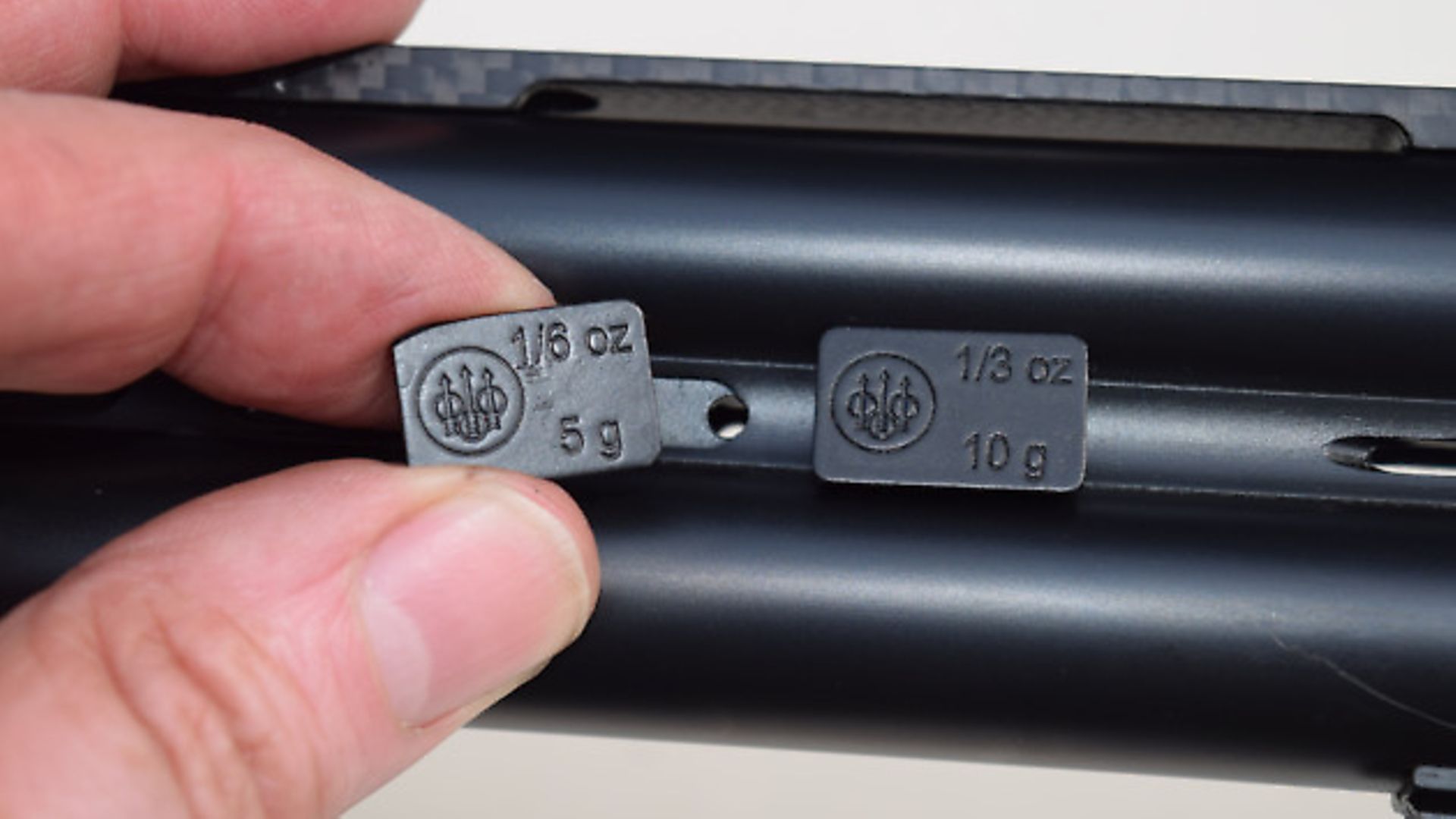 credit: Archant
credit: Archant
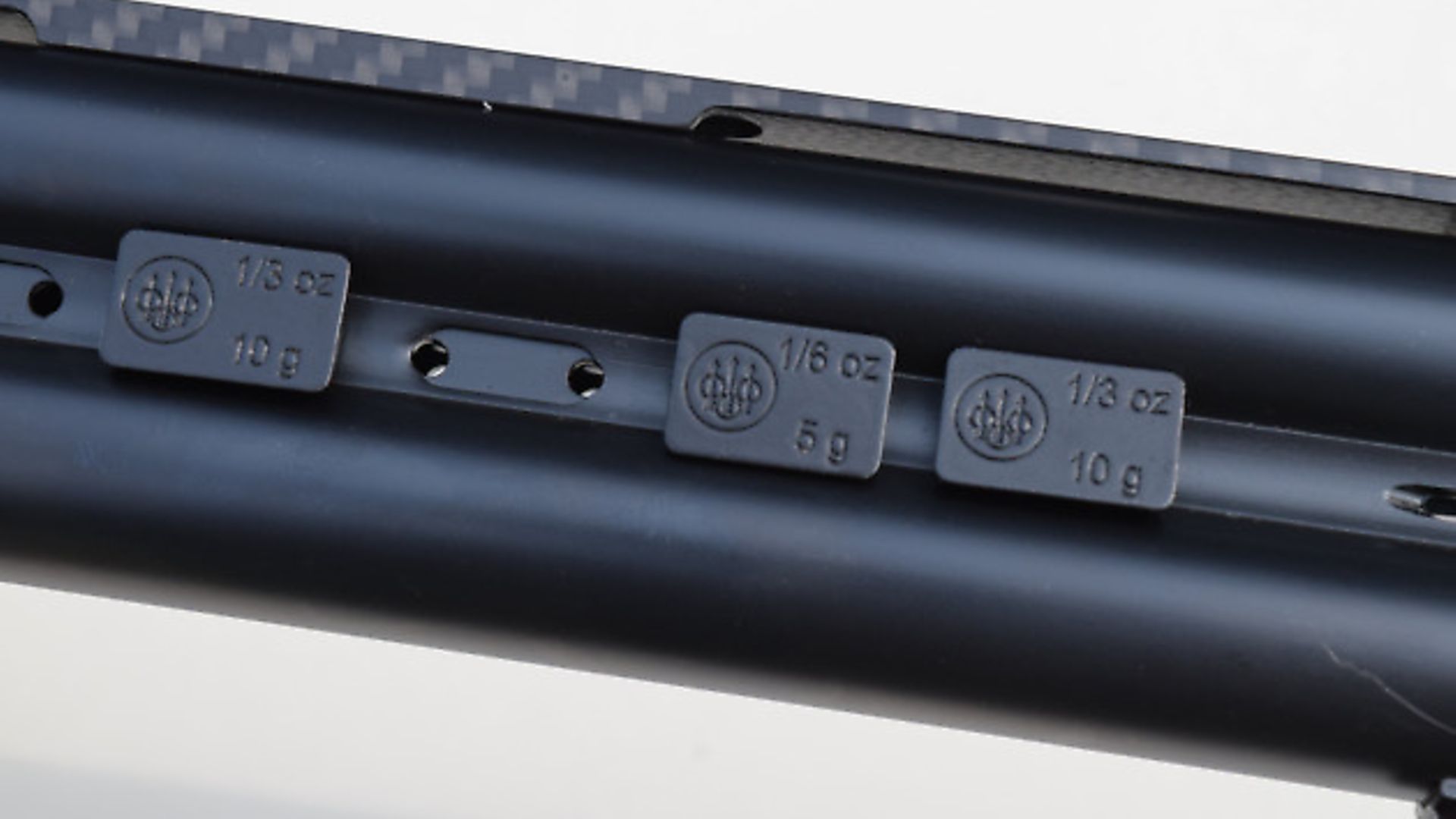 credit: Archant
credit: Archant
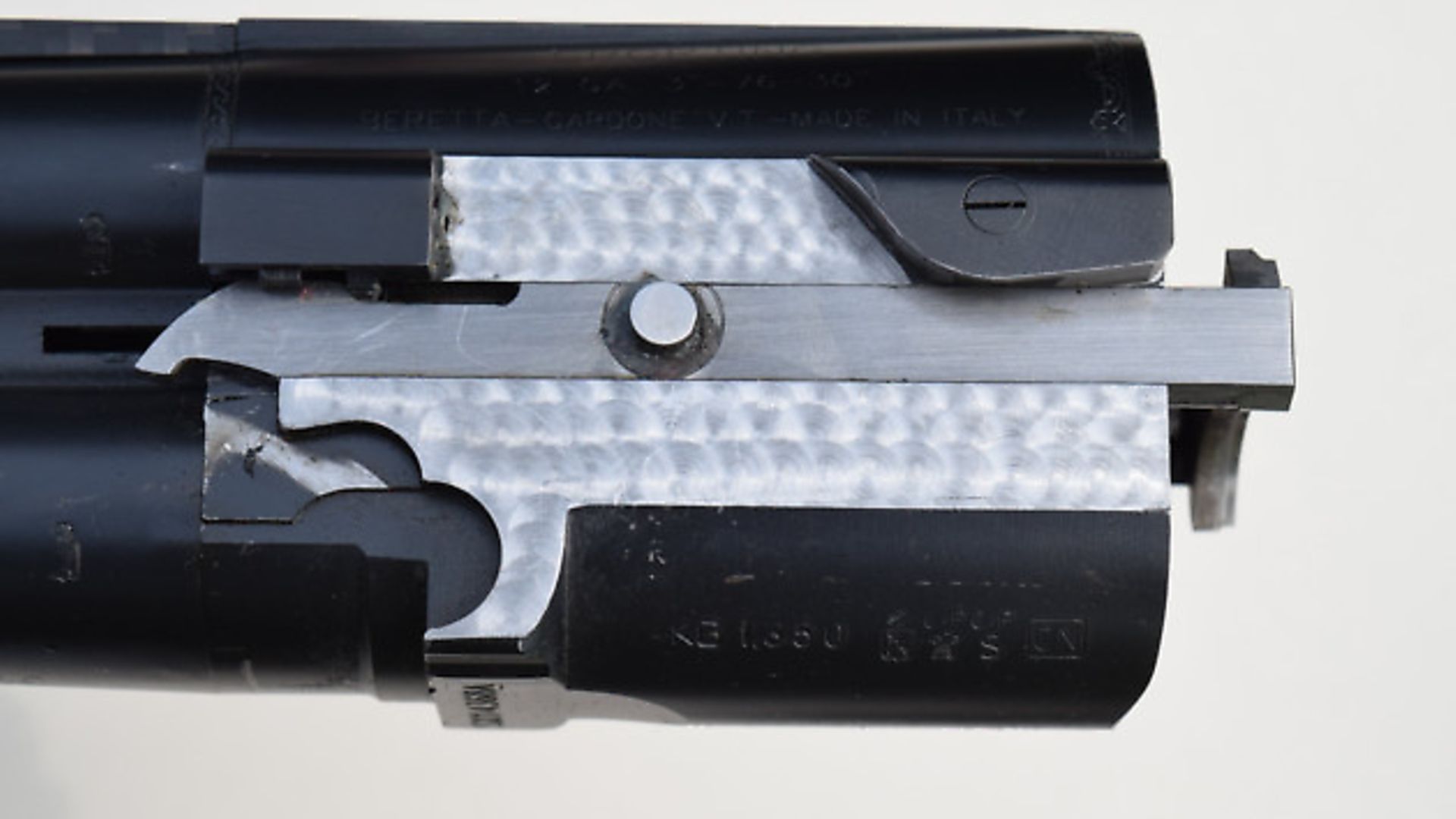 credit: Archant
credit: Archant
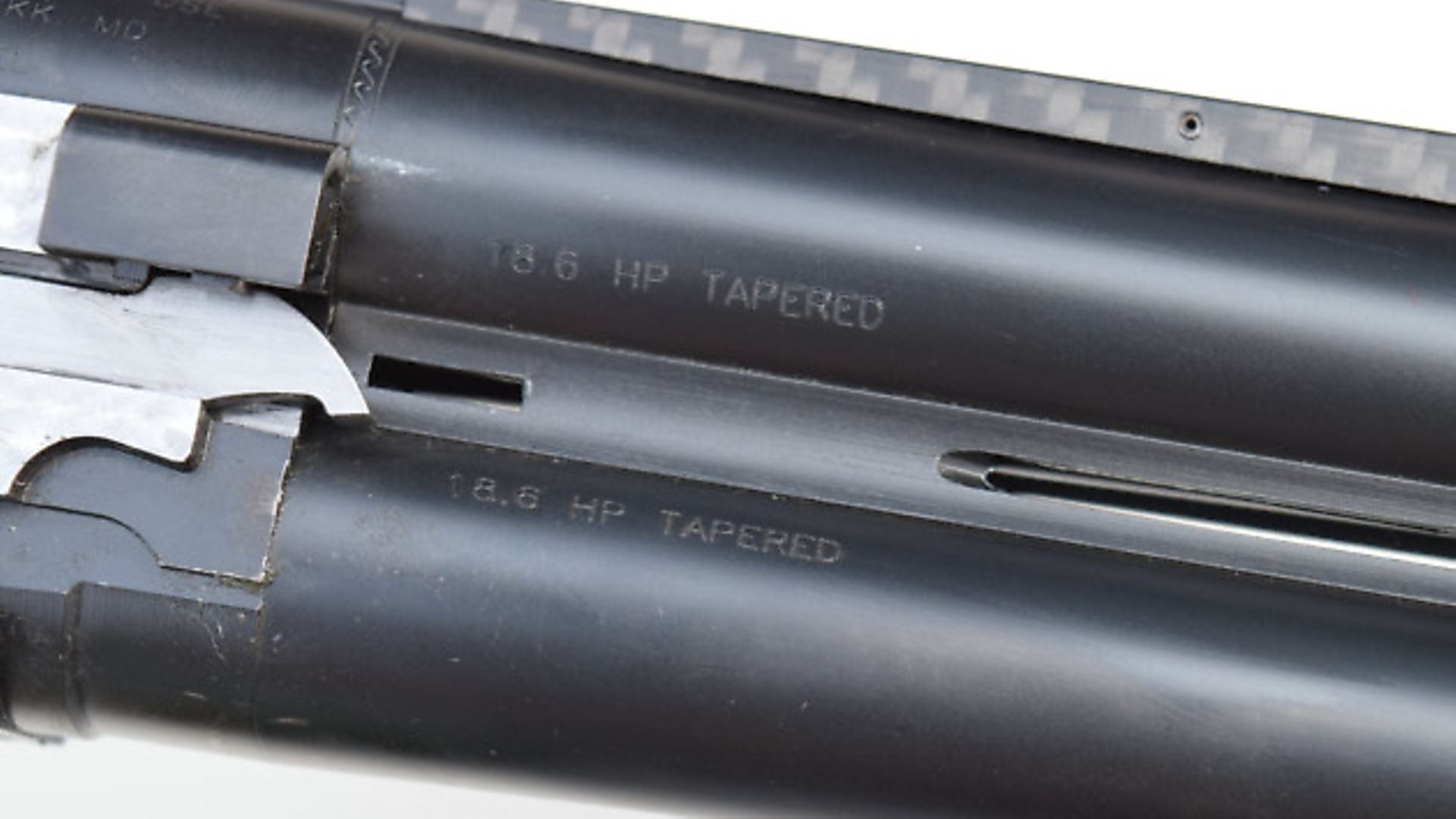 credit: Archant
credit: Archant
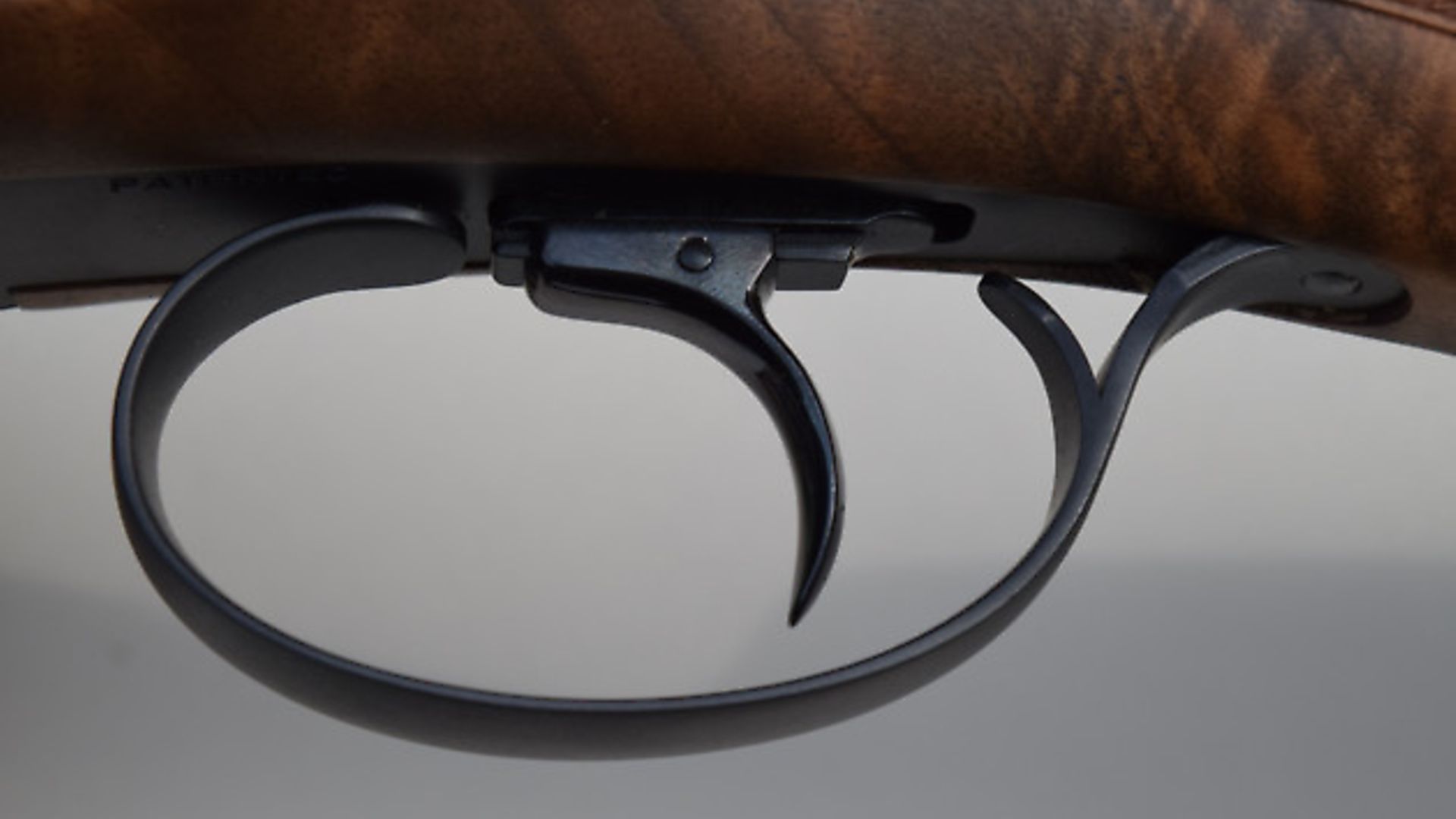 credit: Archant
credit: Archant
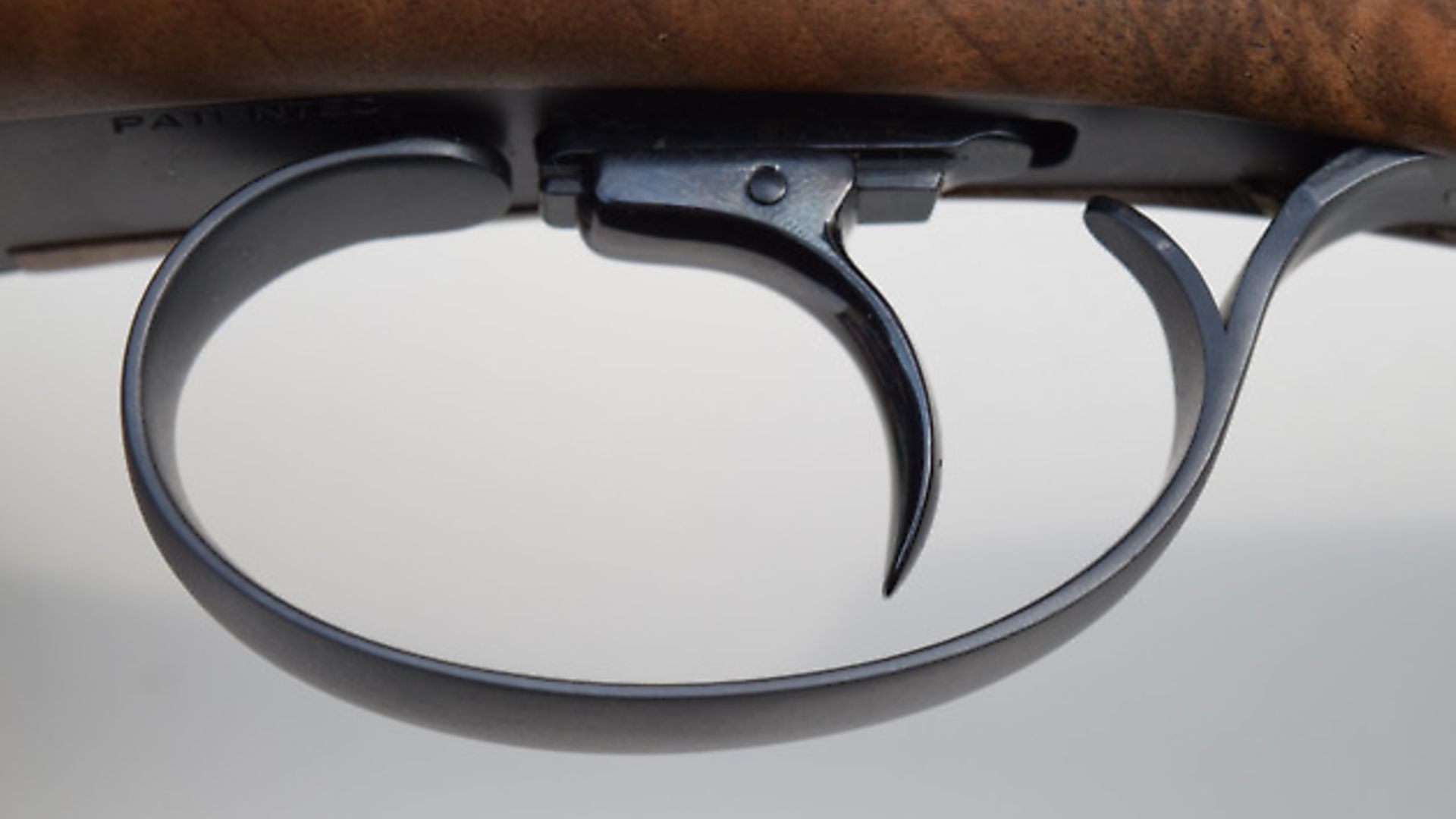 credit: Archant
credit: Archant
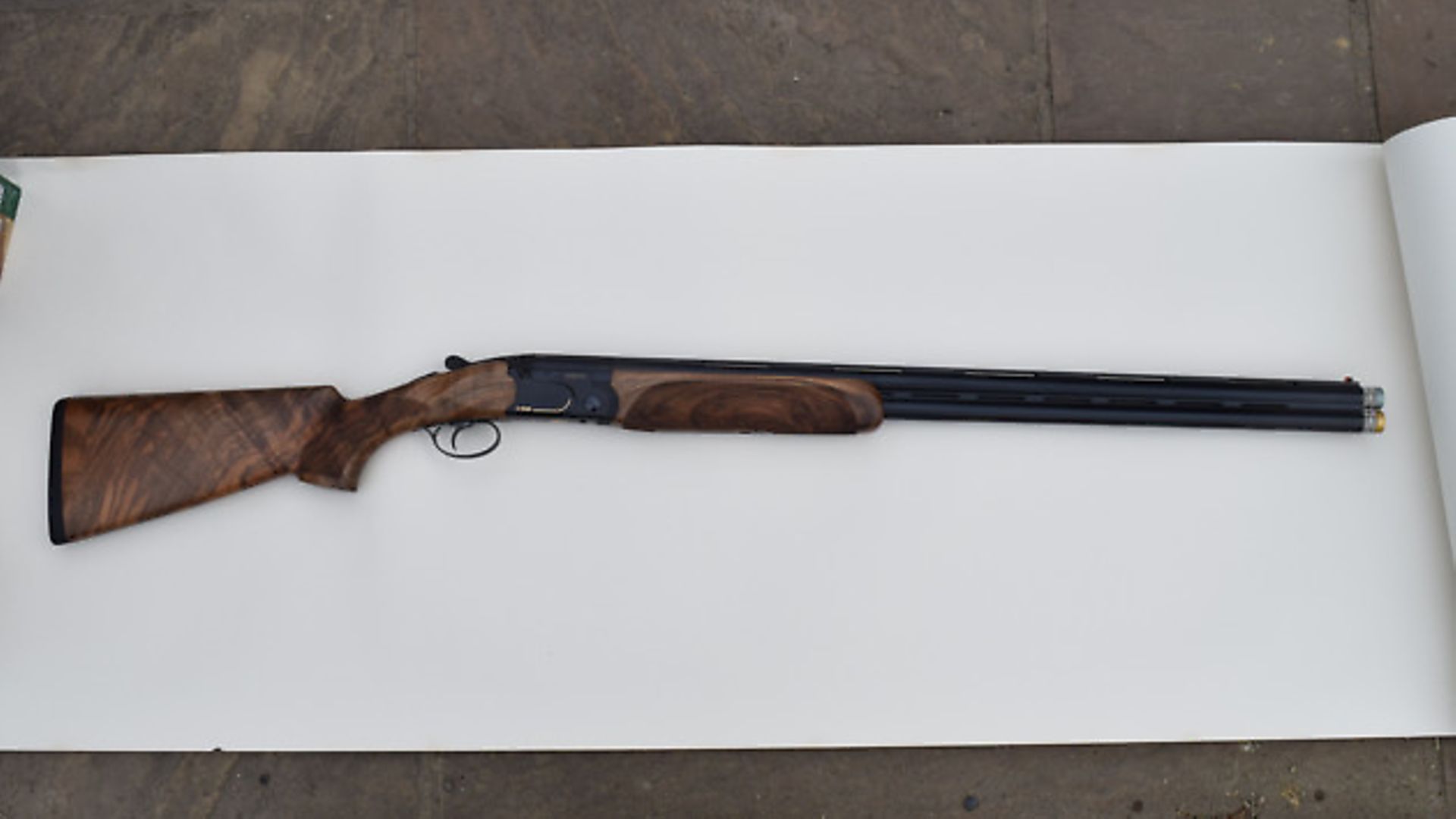 credit: Archant
credit: Archant
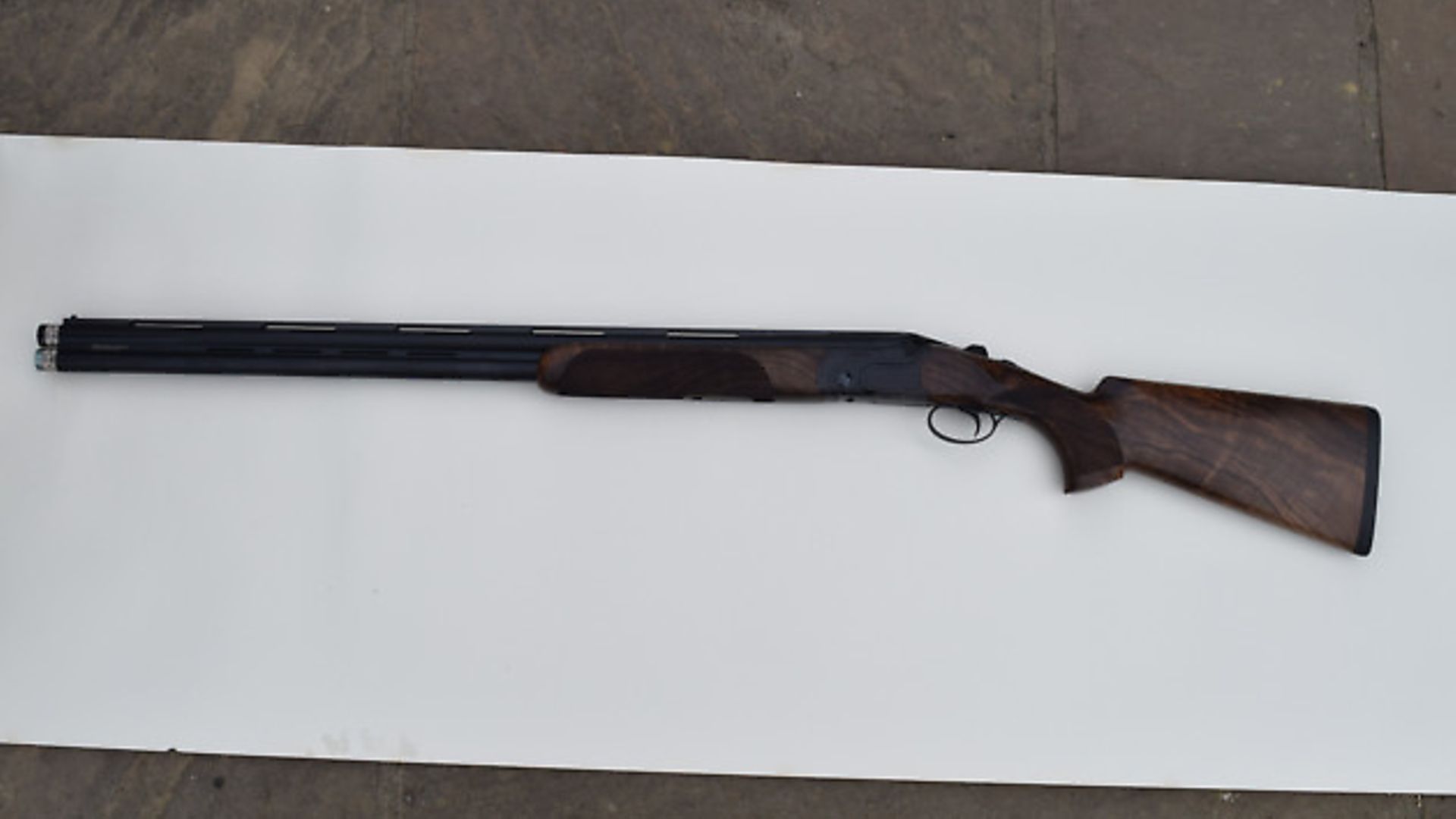 credit: Archant
credit: Archant